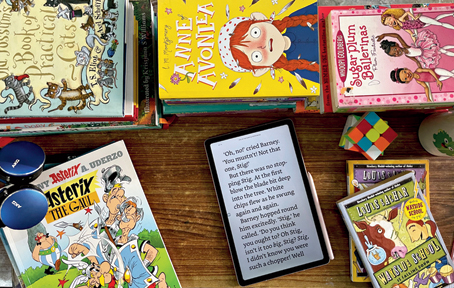Libraries are on ventilator. Book shops are downing shutters quicker than a well-deserved Sunday. And a saying has boomeranged to hit many who believe that teachers belong in school. No, in 2020, teaching indeed begins at home.
A few months remain before my daughter scores a decade of travelling around the sun. I still remember the day she came home after having been baked in my wife’s womb for nine months and a few more days. Arriving a few days after her (thanks to a Canadian friend of ours) was a book called Love You Forever by Canadian author Robert Munsch. It’s a soppy tale that captures an eternal truth, complete with a repetitive pattern. It has a mother rocking her baby son to a refrain that comes around several times: “I’ll love you forever. I’ll like you for always. As long as I’m living, my baby you’ll be.” To an adult, it seemed like the story of losing a child by letting him grow up, but to my daughter, it was, well, calming and later, a firm favourite every night.
Even though I am the kind of person who would like to believe what Mick Jagger has said — “If you start thinking how pretty the sunset is, you get lost” — I experience firsthand the power words can have over children. Of course, it helps that my wife believes in the power of the printed word and considers it her gift to our daughter.
Instead of making the little one fall asleep to Enid Blyton, like most 40-somethings have done and as my parents did, we decided to also introduce her to lesser-known titles — at least obscure to people like me who, as a child, didn’t explore beyond the literature of colonial inheritance — with mostly positive results. Both of us unknowingly marked five per cent of our monthly earnings towards books… printed books. By the way, we bear no grudge against Enid Blyton and most of her books — old editions — are with the kiddo. Keeping the legend company is a sizeable selection of an Indian legend — Ruskin Bond.
She now travels — at this time, around the house — with Judy Moody and Ramona titles with a certain level of confidence. No, all this reading hasn’t helped her score the highest in class because the Indian school syllabus remains mostly pedantic. But it has given her a grasp over words and imagination wings of a certain size, probably XXL! A well-wisher recently told me that children are not really bothered by the authors they come across, it’s the parents who can’t always look beyond their childhood reads. Words to ponder.
As my daughter prepares to be introduced to a new level of reading, I decided to look back at the collection of English titles that we have amassed over almost 10 years. There’s a reason behind most of the books we bought… a reason to believe that these titles would help her grow up as a happy child.
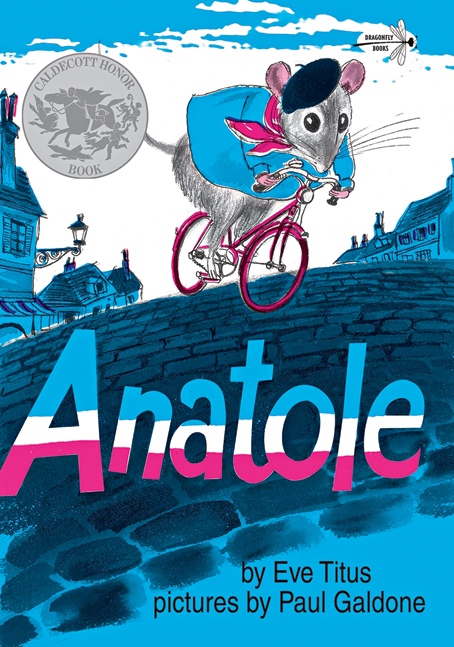
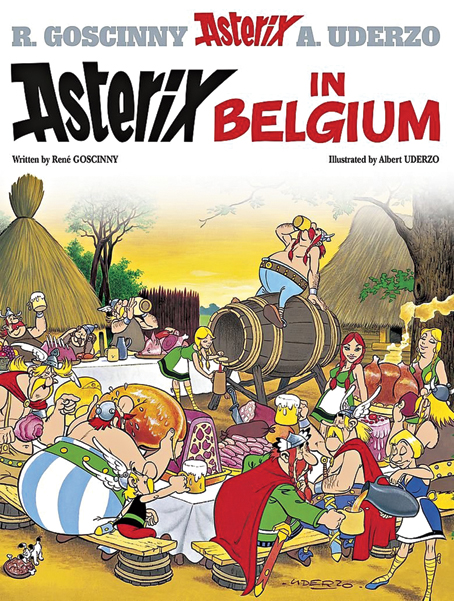
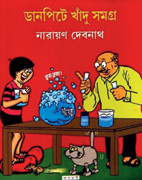


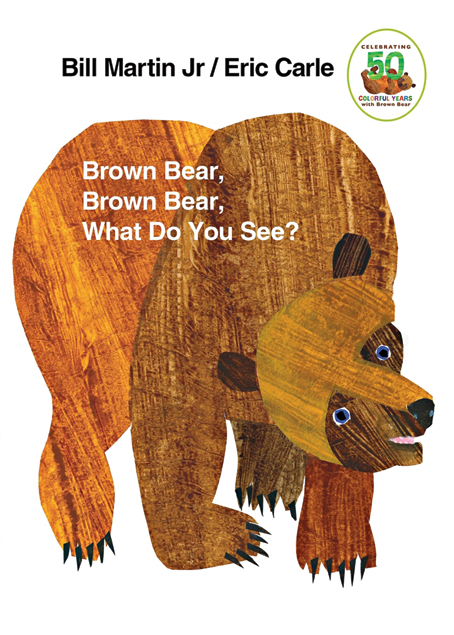
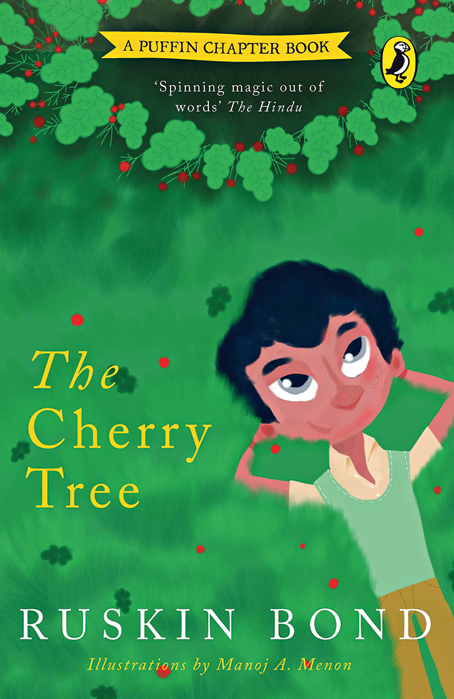
Ages 1-2: Magic of words
A newborn, obviously, can’t differentiate between a Noddy and Nigella Lawson’s cookbook or the Dr. Seuss series from any Salman Rushdie title. This is the time about hearing your voice and clinging on to that voice. Television, you may argue, is also full of words but except for David Attenborough’s plummy voice, most actors and news anchors lack a cadence which newborns look for.
There were a lot of Robert Munsch books because the man has a way with words, like when Princess Elizabeth in The Paper Bag Princess saves Prince Ronald from the dragon only to dump the man for being an idiot: “‘You look like a nice guy, but guess what? You are a bum.’ And they didn’t get married after all.” Why should a prince have a happy ending at the cost of the princess? Makes sense.
At the same time, there were quite a few picture-heavy books. Chrysanthemum by Kevin Henkes finds the titular character feeling low after being somewhat bullied for having a lilting but long name. Ultimately, her teacher and parents come to the rescue. Many Indians can recognise the feeling, more so personally!
Another favourite was I Love You, Stinky Face (Lisa McCourt) in which the mom affirms her love for the child who believes she can turn into an alien that eats bugs or a smelly skunk. It’s sappy without being sappy upfront; gushy without being so directly.
A “groovy” entry in the collection has been Pete the Cat: I Love My White Shoes, written by Eric Litwin and James Dean. No, it’s not the James Dean but there’s certainly a degree of his swag in this Dean’s illustration of an optimistic kitty who knows life will throw apples, oranges and durian and all he can do is have a song on his lip and lines like “groovy”, “everything is cool” and “it’s all good”.
Then there were some classics — truthfully, I didn’t know they were so until much later — we were directed towards a few by my school friends living abroad. The Very Hungry Caterpillar by Eric Carle is about a caterpillar that eats and eats until it grows into a beautiful butterfly. In the same breath, Bill Martin Jr.’s Brown Bear, Brown Bear, What Do You See? must be mentioned which Carle has illustrated. Beautiful rhyming couplets keep out-of-the-box illustrations company. Also present were a lot of board books with bright images as babies don’t really care for subtlety as much as adults! No wonder, the illustrations in Richard Scarry’s Best Word Book Ever were exciting.
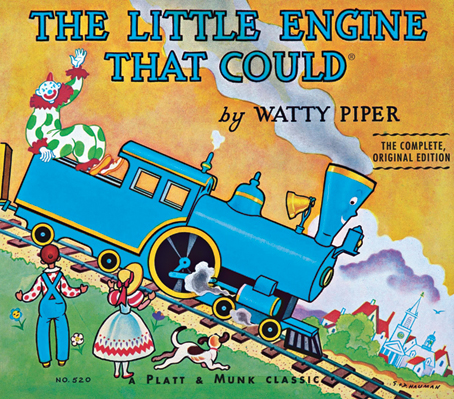


Ages 3-4: New forms of storytelling
From board books we moved to rippable pages but with memorable illustrations. As a child begins to go through the ABCs and move from pre-school to nursery, their world expands. This also “seemed” like a good time to slip into Noddy mode. Yes, there were a palmful of people pointing out the bumpy side of the series being politically incorrect in the 2010s but we did offer her a few hand-me-downs from the series. She didn’t really care about Gilbert the Golliwog or Miss Rap the schoolmistress. It wasn’t a series she enjoyed reading. Instead, she watched the TV series for a few months before Doc McStuffins appeared.
This was also the time we noticed that her interest in reading was picking up rapidly. Instead of forcing the “early learning” series — which gives that feeling of being graded — on her, we wanted her to simply enjoy words.
Enter The Jolly Postman, a book that got even me hooked! Allan Ahlberg’s mesmerising way with words kept pace with his wife Janet’s detailed illustrations. It’s a simple story with stories in it. A mailman goes from door to door on a bicycle delivering letters to familiar fairy-tale characters. The book contains flaps holding the letters, including one of apology from Goldilocks to the Three Bears. It taught a kid that books were fun.
Some “classics” were also tried, like The Little Engine that Could. The folk tale, dating back to the early 20th century, talks about determination with a catchy refrain. It’s a little engine that wasn’t built to rescue freight and passenger trains that got stuck. But she huffs and puffs because “I think I can I think I can I think I can”.
Breaking away from the usual, we picked up Jules Feiffer’s Meanwhile…. The reason behind the purchase was more about the author. Feiffer had a place at the iconic Village Voice for decades where he honed his counterculture voice. Though my daughter was slightly young to appreciate the storyline, the comic-book-style format engaged her a few months later.
At the same time, I decided to dump my entire comic book collection — which, by the way, is substantial — on her. Realisation dawned about the importance of Uncle Pai or Anant Pai who created the Amar Chitra Katha series as well as Tinkle. Our two epics are gold mines of tales that can set the imagination on fire and Amar Chitra Katha titles helped. She obviously had too many questions but this didn’t stop her from poring over the pages.
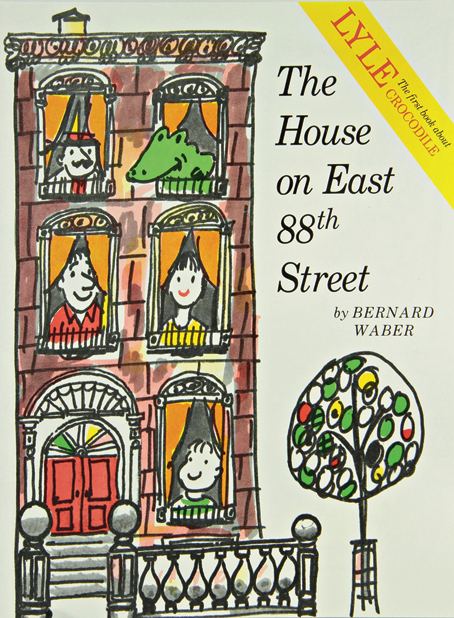
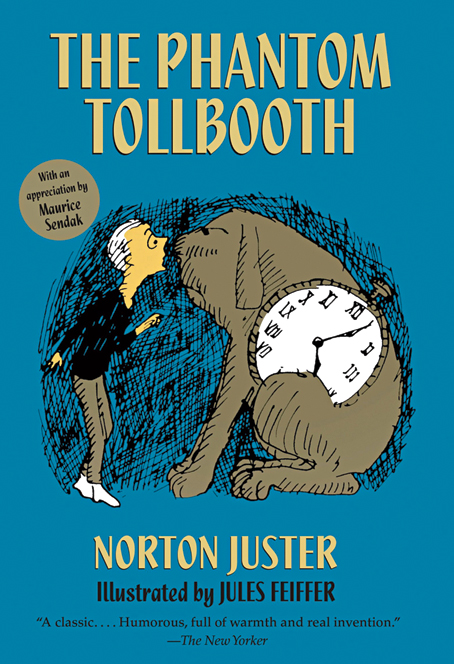
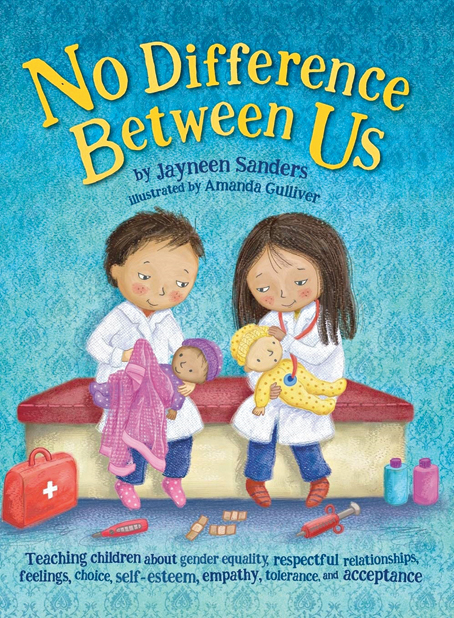
Ages 5-6: Give them space
Chapter books, we thought, would be difficult to introduce. Thank God we were wrong. Stories began to have a twist. Fantasy worlds of a different kind came up. It was also the time for allowing the toddler to have more say in the kind of books we bought. Allowing her to go through a selection of books helped. It was the least we could do at an age when the average child consumes an insane amount of media from television and gaming. The idea was to not discourage a child by suggesting a particular book being for a particular age group. Of course, the time wasn’t ripe to suggest the work of anthropologist Desmond Morris, in case some are wondering! Also, it helped that my childhood was spent in a sizeable collection of books about how to fix things around the house. I didn’t have the chance to say: “When I was your age....”
One of purchases I am proud of is The Story of Holly and Ivy (Rumer Godden). Life isn’t all ha-ha during Christmas. Ivy, who lives at an orphanage, takes the train to spend the festive season with her grandmother who doesn’t exist. On the way, she comes across a Christmas doll named Holly. The story of how one’s life can change for the better will ensure some crying around the room. It’s probably the most Christmassy book you could come across. If you are in the mood for Christmas, try another one called Mr. Willowby’s Christmas Tree about how a tree can bring joy to all kinds of creatures.
An enduring character for the kid has been Lyle Crocodile, whom you shall meet in The House on East 88th Street. The sophisticated crocodile is first found in a bathtub in an Upper East Side brownstone. The amiable reptile has been left behind by his former celebrity owner, who is down on his celebrity quotient.
During these two years, she found a book series that continues to remain on the bookshelf. Ramona Quimby is an inquisitive mind who asks the right questions… mostly, like the one around the kind of books that were read to her. Beverly Cleary, who is now 104 years old, has stories up her sleeves that are relatable, funny tales about the children who lived in her neighbourhood, which can very well be anyone else’s. Ramona can come across as slightly “naughty” but that’s how all children should be. Ramona the Pest is a good starting point for the series.
To keep the variety going, Anatole appeared. True, the story of the brave, elegant cheese-taster has some illustrations but “give the child variety!” that’s what I thought. Instead of being a freeloader at a cheese factory, Anatole overhears what humans in the factory think and decides to improve the quality of the produce by leaving notes every other day. If you like Ratatouille, the movie, you will really appreciate this book.
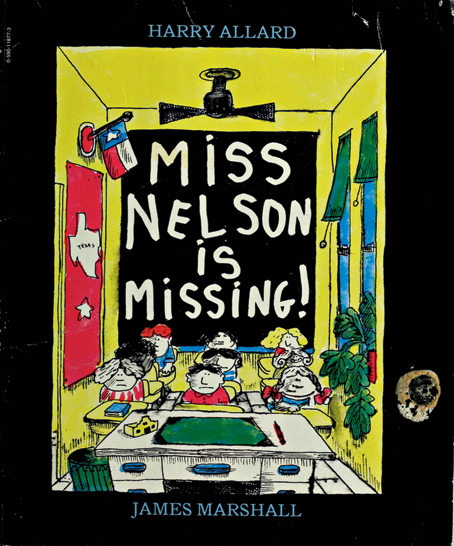
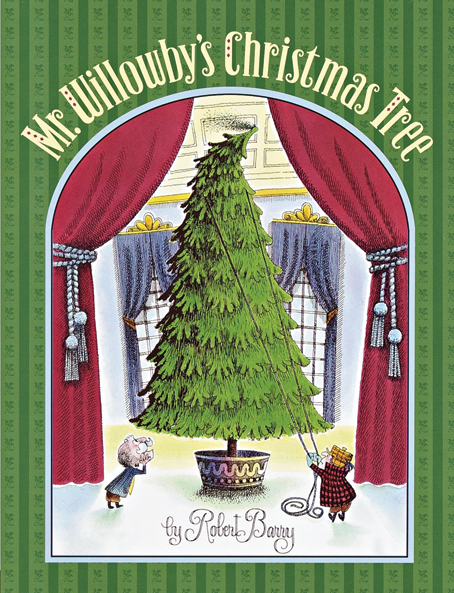
Ages 7-8: A topsy-turvy age
The age when things get interesting, both for kids and parents. As children learn to read on their own, they begin to develop their taste in books. Some like aliens. Some like naughty characters. Some like fantasy. Of course, you can hand over J.K. Rowling but it would be best if you hold it back for a couple more years. Be careful about what you dole out because this is the age many children stop reading with the parents and many simply stop reading. Agreed that one can’t ignore the school curriculum which tends to take most of the hours in a day but that, too, can be made somewhat fun. Instead of a simple grammar book from “Dash & Sons”, it couldn’t harm to be old-fashioned and slip into Nesbitt’s Grammar-Land, which makes an interactive introduction to parts of speeches. The book also gives you an opportunity to sit with the child, because at first, it’s the parent who would need to read this book.
While school continued, Amazon and Flipkart continued to deliver titles like Miss Nelson is Missing! and The Story of Diva and Flea, both unique in their own ways. The Miss Nelson series has an unorthodox teacher at its heart. In this Harry Allard title, she tries to teach her unruly class a lesson by vanishing, only to reappear in the guise of the worst substitute ever. Brilliant!
The Story of Diva and Flea is somewhat recent. Mo Willems’s 2015 book is set in Paris where Diva is a small dog who believes in guarding a grand building. Flea, a street cat, enters her world as a flaneur, or someone who saunters around, drinking in cultural nuances. It’s Paris and anything can happen here. In Willems’ book, the two get along famously!
Also in her kitty is another cat book — Jenny and the Cat Club. A little black cat called Jenny is not brave enough to have fun but when nobody is looking, her confidence knows no bounds. The orphaned cat finds a home with a sea captain, changing her life. In the same breath I need to mention that my daughter’s childhood has seen a number of cat-centric books — including T.S. Eliot’s whimsical collection of poems called Old Possum’s Book of Practical Cats — which ultimately led her to find a real-life one, called Tickles with whom she shares a love-hate relationship. But they get along, just as in storybooks. That’s the power of books.
Finally, one more addition to this age group — the Clementine series by Sarah Pennypacker. For a young girl, early years in school is meant to be fraught with fear and surprises while kids like Clementine send shivers down to the principal’s office. She lands up there for giving a friend a haircut in the bathroom. You get the drift. But she is a gifted girl, which the school realises.
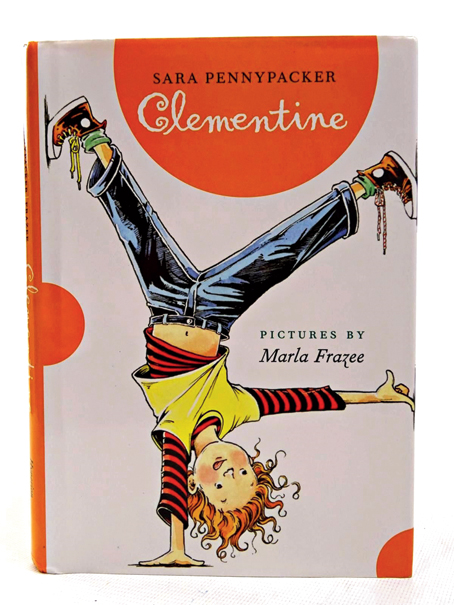
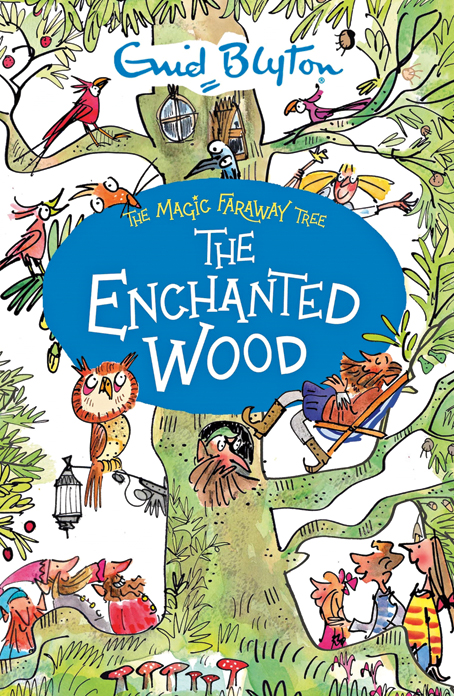




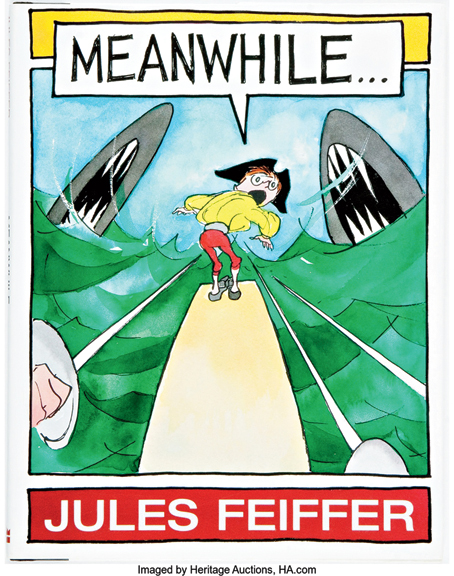
Ages 9-10: Endless possibilities
Middle-school, here we come. This is probably the most difficult age to buy books because online stores as well as physical stores don’t mark books properly. It is also the time when parents need to trust their kids about what they want to read and are comfortable with. My daughter is reading a lot of books that have elements like compassion and freedom as the theme, besides a lot of titles set in history. Her curiosity about subjects like racism and bullying are being addressed through some of our book purchases. At the same time, she is warming up to the idea of the Kindle app on her tablet, which is making me buy books at a faster pace, especially fantasy titles.
A good addition has been The Phantom Tollbooth, which first appeared in 1961. The Norton Juster’s creation has a bored Milo, whom grown-ups expect to learn things, but why? Nobody tells him. One day, a parcel reaches his house containing “One Genuine Turnpike Tollbooth. Easily assembled at home”. And he sets off in an electric car to strange places. It’s a book adults and children both will enjoy.
Between all the fiction, there is a longish Who Is… series. Each title is on the life of a famous personality, discussed in detail but in a child-friendly way. Of course, they’re not packed with information but there is enough to up the GK quotient. The results have been quite good in my household. The kid not only knows who Bob Dylan is but is streaming the Best of… on Apple Music. Some of her other favourite titles in the series are Who Is Bill Gates?, Who Were the Wright Brothers? and Who Was Gandhi?
Staying on with personalities, she adores the Good Night Stories series. After reading two parts of Good Night Stories for Rebel Girls, she recently picked up Good Night Stories for Rebel Girls: 100 Immigrant Women Who Changed the World, which is making her ask more questions, this time about who are immigrants.
A few other books have arrived recently and all of them have an important life lesson to offer. The titles speak for themselves — No Difference Between Us: Teach Children Gender Equality, Body Safety Education: A Parents’ Guide to Protecting Kids from Sexual Abuse, My Body! What I Say Goes!: Teach Children Body Safety, Safe/Unsafe Touch, Private Parts, Secrets/Surprises, Consent, Respect and No Means No!: Teaching Personal Boundaries, Consent.
I wouldn’t do justice to my childhood if I hadn’t passed something on to her. Yes, there are comic books. But then, would you call Asterix and Tintin titles comic books?! They are timeless reads and each time I hear her laugh reading about Piggywiggy (Vitalstatistix’s nickname) or how Julius Caesar adores Cleopatra’s nose in Asterix in Egypt, I look for 10 more books to buy her.
By now you must have noticed that Bengali titles are missing in the list. The scooter-riding Tarun Kumar Shaw — Calcutta’s answer to Amazon, Flipkart and Abebooks — does his bit when he drops by with good-quality editions of Abol Tabol, Thakumar Jhuli, Chander Pahar and the likes. As for comic books, the library is well-stocked with Narayan Debnath titles. Danpite Khandu aar tar Chemical Dadu is fantastic.
Billions of bilious blue blistering barnacles, don’t deny a child the power of the printed word. Books can change lives. Need I say more?
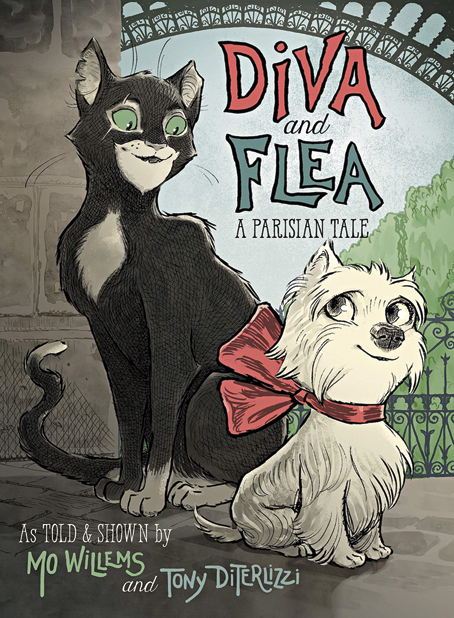

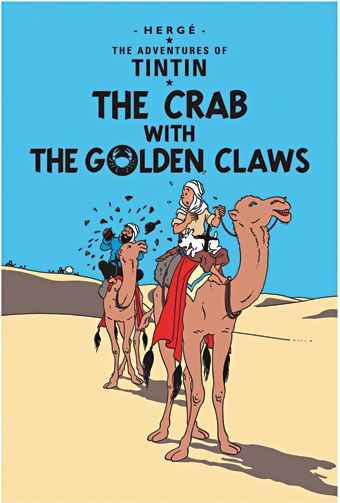
Also reading...
Agreed that the little one has an extensive collection of English books, she is slowly appreciating Bengali titles too
A peek into the library of a 10-year-old
Ages 1-2
Love You, Stinky Face by Lisa McCourt
Chrysanthemum by Kevin Henkes
Pete the Cat: I Love My White Shoes by Eric Litwin and James Dean
The Very Hungry Caterpillar by Eric Carle
I Like Myself! by Karen Beaumont
Love You Forever by Robert Munsch
Ages 3-4
Meanwhile... by Jules Feiffer
The Little Engine that Could by Watty Piper
The Jolly Postman by Allan Ahlberg
Penny and Her Marble by Kevin Henkes
Caps for Sale by Esphyr Slobodkina Esphyr
Where’s the Dragon? by Jason Hook
Ages 5-6
Anatole by Eve Titus
The Story of Holly and Ivy by Rumer Godden
Ramona The Pest by Beverly Cleary
The Horse in Harry’s Room by Syd Hoff
The House on East 88th Street by Bernard Waber
The Tale of Peter Rabbit by Beatrix Potter
Finding Winnie: The True Story of the World’s Most Famous Bear by Lindsay Mattick
Enemy Pie by Derek Munson
The Cherry Tree by Ruskin Bond
Ages 7-8
The Story of Diva and Flea by Mo Willems
Miss Nelson is Missing! by Harry Allard
Clementine by Sara Pennypacker
Jenny and the Cat Club by Esther Averill
The Moffats by Eleanor Estes
Dory Fantasmagory by Abby Hanlon
The Miscalculations of Lightning Girl by Stacy McAnulty
Ages 9-10
The Borrowers by Mary Norton
The Phantom Tollbooth by Norton Juster
No Difference Between Us by Jayneen Sanders
Black Beauty by Anna Sewell
Who is Bob Dylan by Jim O’Connor
Alice’s Adventures in Wonderland by Lewis Carroll
The Adventures of Tintin by Herge
Asterix by Albert Uderzo and Rene Goscinny
Judy Moody by Megan McDonald
Hooray! My Butt Left the Bench! by Henry Winkler and Lin Oliver
Wayside School Gets a Little Stranger by Louis Sachar
The Accidental Prime Minister by Tom McLaughlin
Hundred Dresses by Eleanor Estes
Diary Of A Killer Cat by Anne Fine
Adventures of Hamish and Mirren by Moira Miller
Good Night Stories for Rebel Girls: 100 Immigrant Women Who Changed the World by Elena Favilli
Charlie and the Great Glass Elevator by Roald Dahl
Why is Art Full of Naked People? by Susie Hodge
What are your childhood reading memories? Tell t2@abp.in

